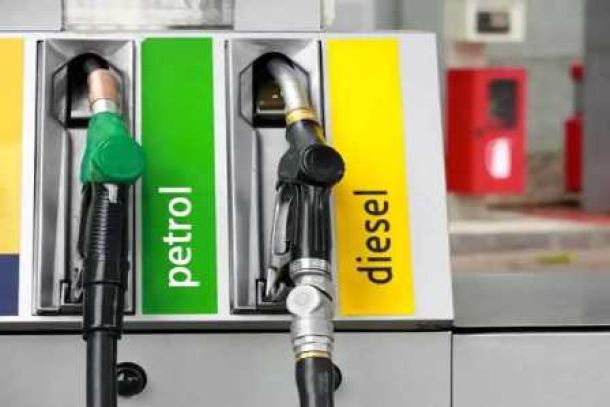Food prices in South Africa: 2017 vs 2016
The Pietermaritzburg Agency for Community Social Action (Pacsa) has released its annual report, showing how much food price inflation has hit over the past 12 months – especially for low-income households.
According to the group’s data, comparing prices between September 2016 and September 2017, food price inflation in its basket of 36 items hit just under 3% in the past year, though the low percentage doesn’t tell the full story – particularly when you consider how large the inflation figure was between 2015 and 2016.
“The cost of the Pacsa Food Basket has come down off its 2016 highs. The drops however have only come steadily down over the past three months (since July 2017) and are still reasonably marginal considering that they are coming down off the massive price shocks of the preceding year,” the group said.
Notably, towards the end of 2016 parts of South Africa’s agricultural sector started to show definite trends towards recovery following increased rainfall.
“Although parts of the south-western areas are still experiencing severe drought conditions, the important north-eastern region which supplies most of South Africa’s grain (our most important starches) has largely recovered due to a good rainfall season. The effects of the recovery are starting to be felt on supermarket shelves,” Pacsa said.
Broader look
Over the past three years inflation on the Pacsa Food Basket increased by 23.3%. The high levels of inflation on food have been driven by a long period of drought and high temperatures which led to substantial hikes on the foods on supermarket shelves over the past two years.
Food prices on the shelves of retailers which target low-income households have increased by 16.1% since November 2015. The cost of the foods which people told Pacsa they try and buy each month have increased by R264.88 during this period (from R1,648.10 in November 2015 to R1,912.98 in September 2017).
These increases have had severe implications for households living on low incomes who are unable to absorb the price increases.
Month-on-month inflation of the Pacsa food basket
Pacsa said there was a problem with South Africa’s ‘drought narrative’, in that during the period from November 2015 to mid-2017 the prices of all foods went up. The group implied that supermarkets and commercial agricultural groups may have been exploited the situation for financial gain.
“We found it strange as not all farms and not all farmers were equally affected by the drought and high temperatures. Soon after the drought emerged, the narrative became one of universal calamity when in reality the impact of droughts are far more complex and their effects on farms and farmers differ,” the group said.
It pointed out that the RSA White Maize commodity price per tonne was R4,243 a year ago; and today it is R1 795 per. Meanwhile the average price of a 25kg bag of maize meal in 2017 is R225.82 versus R191.15 a year ago.
“The commodity price per tonne of RSA White Maize has come down by 57.7%; the price of a 25kg bag of maize meal, the staple food for the majority of South African families, only came down by 15% year-on-year (and is still 5% higher than its pre-drought price of R181.81 in November 2015).”
“Perhaps there is a reasonable explanation for this, but it is hard to know in the absence of transparency,” the group said.
The table below outlines how prices have changed, year-on-year, as tracked by Pacsa.
Read: Why 30 million South Africans are trapped in poverty – even with a national minimum wage
News Category
- International retailers
- On the move
- Awards and achievements
- Legislation
- Wine and liquor
- Africa
- Going green
- Supplier news
- Research tools
- Retailer trading results
- Supply chain
- Innovation and technology
- Economic factors
- Crime and security
- Store Openings
- Marketing and Promotions
- Social Responsibility
- Brand Press Office
Related Articles

Shoprite increases executive pay as consumers t...

Unions slam SA retailers for ‘profiteering’ as ...

Major Petrol Price Changes on the Horizon

Retailers not cutting food prices fast enough -...





